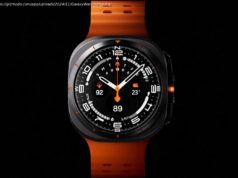If you’re wondering whether the Apple M1 or M2 chip is the right choice for your next MacBook, we break down what we know to make your decision easier.
The debate over the Apple M1 vs M2 chips is now in full swing as the Apple WWDC 2022 keynote reveal has finally arrived. There had been plenty of rumors surrounding an Appl M2 announcement over the last year, and the chip appears to deliver on its promise as a true successor to the Apple M1, Apple’s ground-breaking silicon first introduced with the best laptop on the market right now, the MacBook Air (M1), as well as the MacBook Pro 13-inch (M1), and Mac mini (M1) back in 2020. And with plenty of Apple M1 laptops and PCs available for sale, it might be tricky figuring out whether to make the jump to the new chip or save some money by sticking with Apple’s last-gen silicon. To make it easier to find out which is right for you, we’ve put the two head-to-head to find the advantages of both chips depending on your needs and budget. Even though both the M1 and M2 specialize in efficiency over pure power (unlike the M1 Pro and M1 Max chips), there are some significant differences between the two in terms of capabilities. The M1 was impressive when it was first released, especially being Apple’s first foray into creating its own silicon to power its Mac line of products. The system-on-a-chip (SoC) features an 8-core CPU that uses a big. LITTLE configuration, with four performance cores and four efficiency cores. There’s also an 8-core GPU in the SoC which offers 2.6 TFLOPs of FP32 throughput. What made the M1 so impressive was that it fit nearly everything into such a tiny package – the CPU, Cache, Fabric, a GPU, a Neural Engine, and DRAM – meaning that Apple was able to make its laptops much thinner. The chip also included a memory bandwidth of 100GB/s, supported up to 16GB of unified memory, a 16-core neural engine, had 16 billion transistors, and used an enhanced 5nm process. All of this made the chip extremely good at its purpose of everyday tasks like web browsing, streaming, making video calls, and similar.






